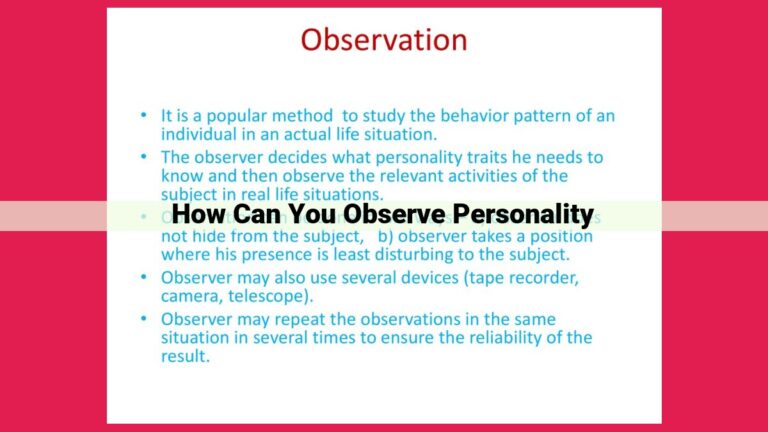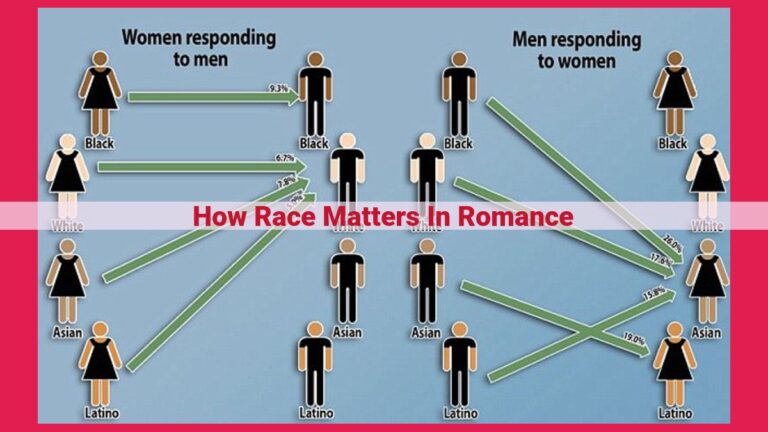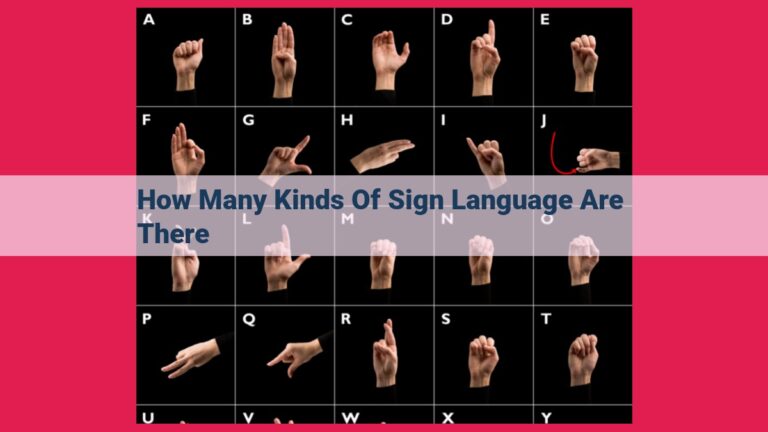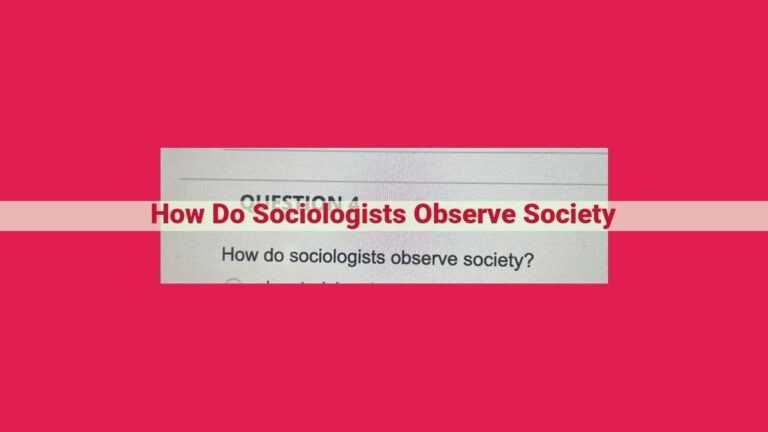How Language Shapes Social Inequality: Impacts On Education, Health, And Economics

Language, an integral part of social interactions, influences patterns of social inequality. Through the Sapir-Whorf hypothesis, it shapes our thoughts and experiences, reflecting power dynamics and dominance. In education, language differences impact outcomes, with linguistic discrimination limiting opportunities. Similarly, economic disparities arise from language barriers in employment and socioeconomic status. Language also affects health inequities, as linguistic barriers hinder access to healthcare information and services. By understanding how language influences social inequality, we can work towards creating more just and equitable societies by breaking down language barriers and promoting inclusivity.
Language and Inequality: Unraveling the Interplay of Words, Power, and Social Justice
In the intricate tapestry of human communication, language weaves a potent thread that shapes our experiences, both as individuals and as a society. Sociolinguistics delves into the intricate relationship between language and its profound impact on our lives, shedding light on the ways in which language-based inequalities can perpetuate social disparities.
Key to understanding this interplay is the concept of linguistic relativity, or the Sapir-Whorf hypothesis, which suggests that the language we speak influences our cognition, worldview, and cultural understandings. Through the lens of this hypothesis, we can glimpse how the words we use reflect and reinforce our perceptions of power, domination, and inequality.
Power, Domination, and Symbolic Capital
In any society, language plays a crucial role in establishing and maintaining power dynamics. Those in positions of authority often wield language as a tool for domination, using it to control and shape the narratives that shape our collective understanding. This power is often manifested through the allocation of symbolic capital, or the value and prestige associated with certain forms of language. In this way, the language of the dominant group becomes the standard, while alternative forms of language are often marginalized and devalued.
Language, Cognition, and Power:
- Explain the Sapir-Whorf hypothesis and its implications for how language shapes our thoughts and experiences.
- Discuss the role of power dynamics in language use, how language can be used for domination and hierarchy, and the concept of symbolic capital.
## Language, Cognition, and Power
The Sapir-Whorf Hypothesis and Linguistic Relativity: Shaping Our Perspectives
The Sapir-Whorf hypothesis posits that language intricately influences our cognitive processes and experiences. It suggests that the structure and vocabulary of a language shape the way we interpret and understand the world around us. Thus, individuals speaking different languages may have distinct perceptions and categorizations of reality.
Language as a Tool for Dominance and Hierarchy: Sociolinguistic Power Dynamics
Language extends beyond mere communication. It serves as an instrument of power, wielding influence over social interactions and hierarchical structures. Individuals and groups possessing linguistic capital—the ability to manipulate language effectively—can exert dominance over those with limited linguistic resources. This can manifest in various forms, from subtle social nuances to overt discrimination and oppression.
The Concept of Symbolic Capital: The Currency of Language
Symbolic capital refers to the prestige and value associated with specific linguistic varieties and practices. Certain languages or dialects may be perceived as superior or inferior based on social or historical factors. This can create linguistic hierarchies, disadvantaging speakers of non-dominant language varieties. Notably, symbolic capital can extend beyond language proficiency, encompassing cultural practices and linguistic styles perceived as valued or desirable within a particular social context.
Language and Educational Inequality: The Power of Words in Shaping Outcomes
The Impact of Linguistic Differences
In the realm of education, linguistic differences cast a significant shadow over educational outcomes. Students who speak a language other than the dominant language of instruction face a multitude of challenges. From comprehension difficulties to cultural barriers, these obstacles can impede their academic progress and limit their opportunities.
Linguistic Discrimination and Power Dynamics
Linguistic discrimination in education is a harsh reality that perpetuates inequality. When educators denigrate non-native speakers or discount the value of their home languages, they reinforce power dynamics that privilege certain linguistic groups over others. This discrimination can manifest in various forms, such as tracking students based on their language abilities or excluding them from certain academic programs.
Language Privileges and Disadvantages
The education system often privileges certain languages, creating advantages for students who are proficient in those languages. This linguistic hierarchy can be seen in the curricula, textbooks, and assessment methods, which often reflect the dominant culture and language. As a result, students who speak non-privileged languages may be at a disadvantage, facing barriers to accessing quality education and achieving their full potential.
Breaking Down Language Barriers in Education
To foster equity and inclusion in our educational institutions, we must break down these language barriers. This requires a multifaceted approach that includes:
-
Teacher Training: Educators must be equipped with the knowledge and skills to effectively teach students from diverse linguistic backgrounds.
-
Multilingual Curricula: Schools should offer multilingual curricula that value and incorporate students’ home languages into the learning process.
-
Linguistic Support Services: Students who need additional support should have access to language learning programs and interpreters to facilitate their academic success.
-
Bias Awareness: Educators and administrators must be aware of and challenge linguistic biases that may unfairly disadvantage students based on their language.
By addressing language-based inequality in our education system, we can create a level playing field that empowers all students to reach their full potential, regardless of their linguistic background.
Language and Economic Disparities: The Hidden Barrier to Prosperity
Language is not just a means of communication; it is an intrinsic part of our cultural identity, our cognitive processes, and our access to opportunities. However, when language becomes a barrier, it profoundly affects our socioeconomic well-being.
Language Barriers: A Gateway to Inequality
For individuals who do not speak the dominant language of their society, communication difficulties can create insurmountable obstacles to economic empowerment. They face challenges in finding employment, securing fair wages, and navigating essential services like healthcare and education.
Linguistic Discrimination: Silencing Voices
Linguistic discrimination is a pervasive force that devalues languages other than the dominant one. Employers may overlook qualified candidates based on their accents or lack of proficiency in the dominant language. Wage gaps often exist between workers who speak different languages, even if they possess similar skills and qualifications. This discrimination perpetuates economic disparities and undermines the potential of marginalized communities.
Language as an Economic Gateway
In today’s globalized economy, language is a key to unlocking economic opportunities. It allows individuals to participate in the workforce, access higher education, and engage in international trade. For those who do not have the necessary language skills, their economic prospects are severely limited. Language is not just a skill; it is a crucial resource for economic advancement.
Breaking Down Barriers for Economic Justice
Addressing language-based inequality is essential for a more just and equitable society. This can be achieved through policies that promote bilingualism, provide language support services for non-native speakers, and challenge linguistic discrimination. By breaking down language barriers, we empower individuals to fully participate in the economic realm and achieve their full potential.
Language and Health Inequities:
- Describe the relationship between language barriers and health disparities.
- Explain how linguistic discrimination limits access to healthcare information and services.
- Discuss the power dynamics in healthcare that create language barriers and the resulting exclusion.
Language and Health Inequities: Breaking Barriers for Equitable Healthcare
Language is a powerful force shaping our interactions with the world. It influences our thoughts, perceptions, and access to opportunities. Unfortunately, language can also create barriers, particularly in the critical area of healthcare.
The Relationship Between Language Barriers and Health Disparities
Limited English proficiency (LEP) is a significant risk factor for poor health outcomes. When individuals are unable to effectively communicate with their healthcare providers, they may receive incorrect diagnoses, inappropriate treatments, or inadequate follow-up care. These communication barriers can lead to preventable complications, hospitalizations, and even death.
Linguistic Discrimination Limits Access to Healthcare Information and Services
Linguistic discrimination is a systemic issue within the healthcare system. Many healthcare facilities lack interpreters or bilingual staff, making it difficult for LEP patients to understand their diagnoses, treatment options, and instructions. This lack of access to information and services exacerbates health disparities and perpetuates unequal outcomes.
Power Dynamics and the Creation of Language Barriers
The distribution of symbolic capital (prestige and influence associated with language) is skewed in the healthcare context. English is often prioritized, while other languages are marginalized. This results in a power imbalance, where LEP patients may feel disempowered and excluded from meaningful participation in their own healthcare decisions.
Recommendations for Breaking Down Language Barriers
To address these inequities, healthcare systems must prioritize the provision of language services for LEP patients. This includes:
- Training bilingual staff: Hire and train healthcare professionals who are fluent in other languages.
- Providing interpreter services: Offer interpreter assistance at all healthcare encounters, including appointments, screenings, and emergency situations.
- Creating culturally responsive materials: Develop patient education materials and signage in multiple languages.
Additionally, healthcare providers should be trained to be culturally sensitive and respectful of language differences. By addressing these systemic barriers, we can create a more just and equitable healthcare system for all.





